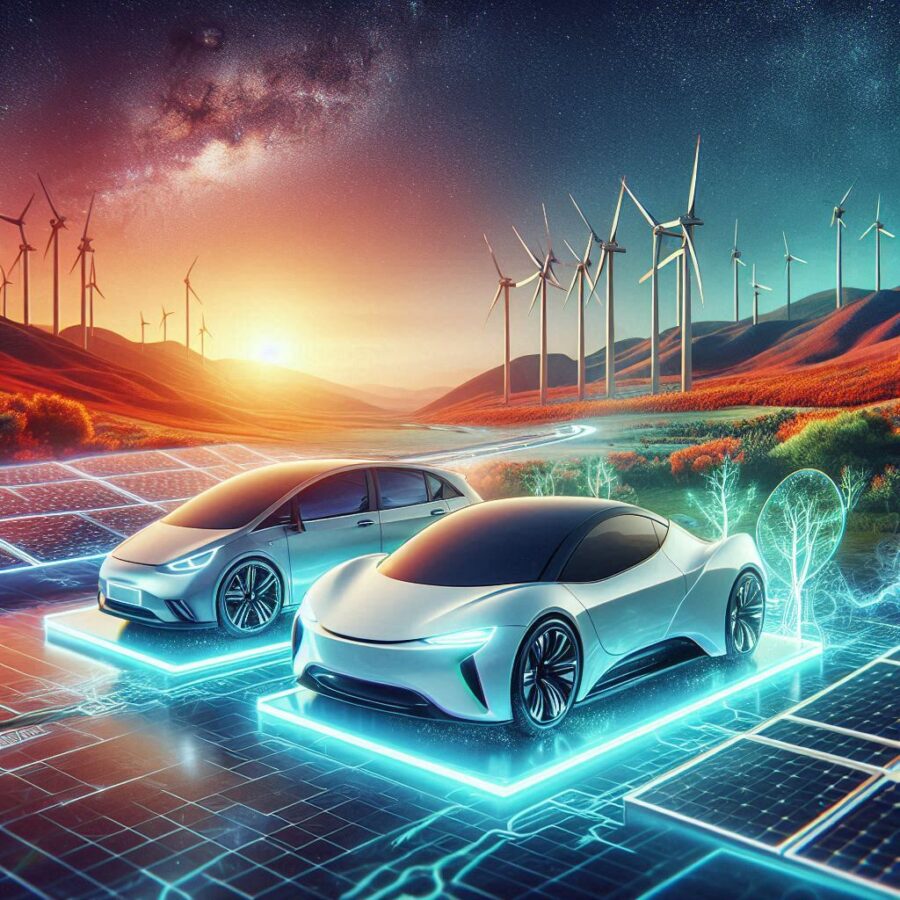What Fuels Tomorrow? A Journey of Choices
Having spent years steering GoMechanic’s growth, I have learned that the future of transportation isn’t just about adopting the latest trend. It’s about sustainability. Conversations in our workshops and boardrooms often boil down to a crucial question: What will truly drive us to 2030? Batteries have familiarity and momentum, but hydrogen offers untapped potential.
The Transportation Pivot: Beyond Vehicles
The debate between hydrogen and batteries goes far beyond technology. It’s about reshaping an entire ecosystem: manufacturing, infrastructure, and, crucially, servicing. We have experienced the shift firsthand. As EV adoption accelerates, we have had to rethink everything. This includes tools, training, and operational efficiency. Hydrogen, if widely adopted, will demand a similar transformation, but on a different scale.
The Case for Batteries
Batteries have raced ahead in sustainable transportation, particularly for passenger vehicles. They are convenient, familiar, and supported by rapidly expanding infrastructure.
Strengths:
Infrastructure Readiness: Charging stations are multiplying across urban centres.
Ease of Use: Plug-and-go simplicity has driven consumer adoption.
Technological Advancements: Improved energy density and cost reductions keep pushing the envelope.
Challenges:
Material Dependency: Lithium and cobalt sourcing raises ethical and environmental concerns.
Servicing Complexities: Battery repairs require specialised skills and tools.
Range Anxiety: Despite advancements, long-distance travel remains a hurdle for many EVs.
A customer once shared their frustration about long charging queues and repair delays. That conversation stuck with me, highlighting the need for a service ecosystem that evolves with these challenges.
Hydrogen: The Emerging Contender
Hydrogen feels like innovation waiting to happen, ideal for heavy-duty and industrial applications.
Strengths:
Rapid Refueling: Minutes instead of hours, a game-changer for logistics fleets.
Higher Range: Long-haul vehicles benefit from extended range and less downtime.
Alignment with Industries: Freight and construction sectors stand to gain immensely.
Challenges:
Infrastructure Gaps: Hydrogen fueling networks are nearly non-existent in most regions.
Energy Inefficiency: Converting energy into hydrogen and back into electricity is less efficient compared to batteries.
For service providers, hydrogen represents a new frontier. It demands fresh investments in training, tools, and infrastructure.
2030 and Beyond: The Coexistence Blueprint
In my opinion, the future of sustainable transportation isn’t about picking sides; it’s about synergy. Batteries will continue to dominate urban mobility, while hydrogen will likely power commercial and industrial sectors. For car companies, this means staying agile and developing service models that cater to both technologies seamlessly. And for buyers, it’s about choosing flexibility—finding a vehicle that fits today and adapts to tomorrow.
The above article is attributed to Muskan Kakkar, COO, GoMechanic

